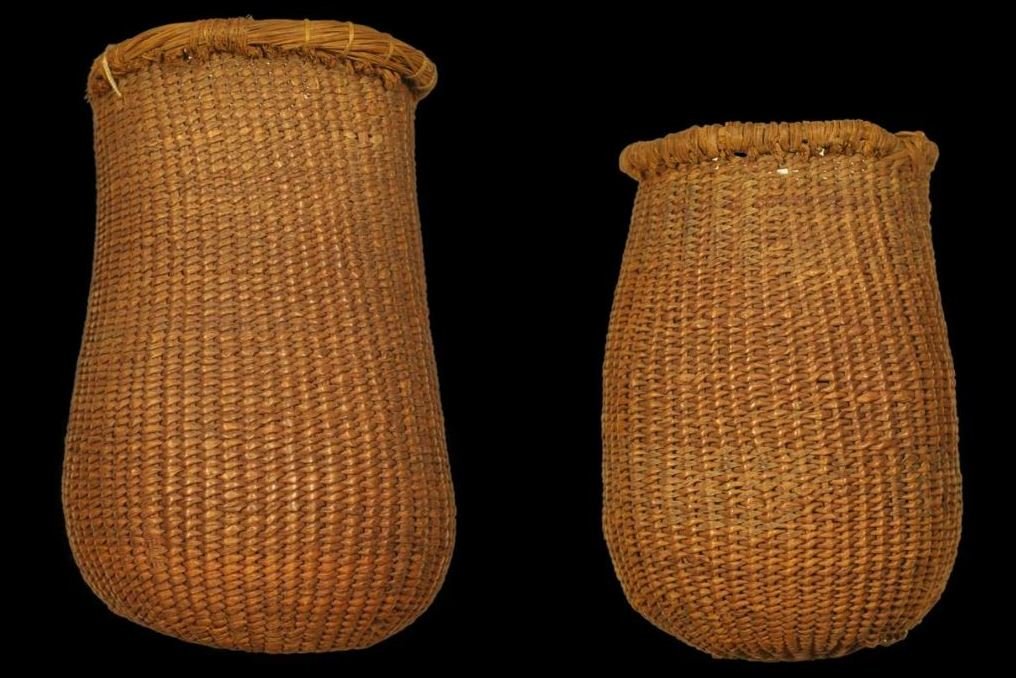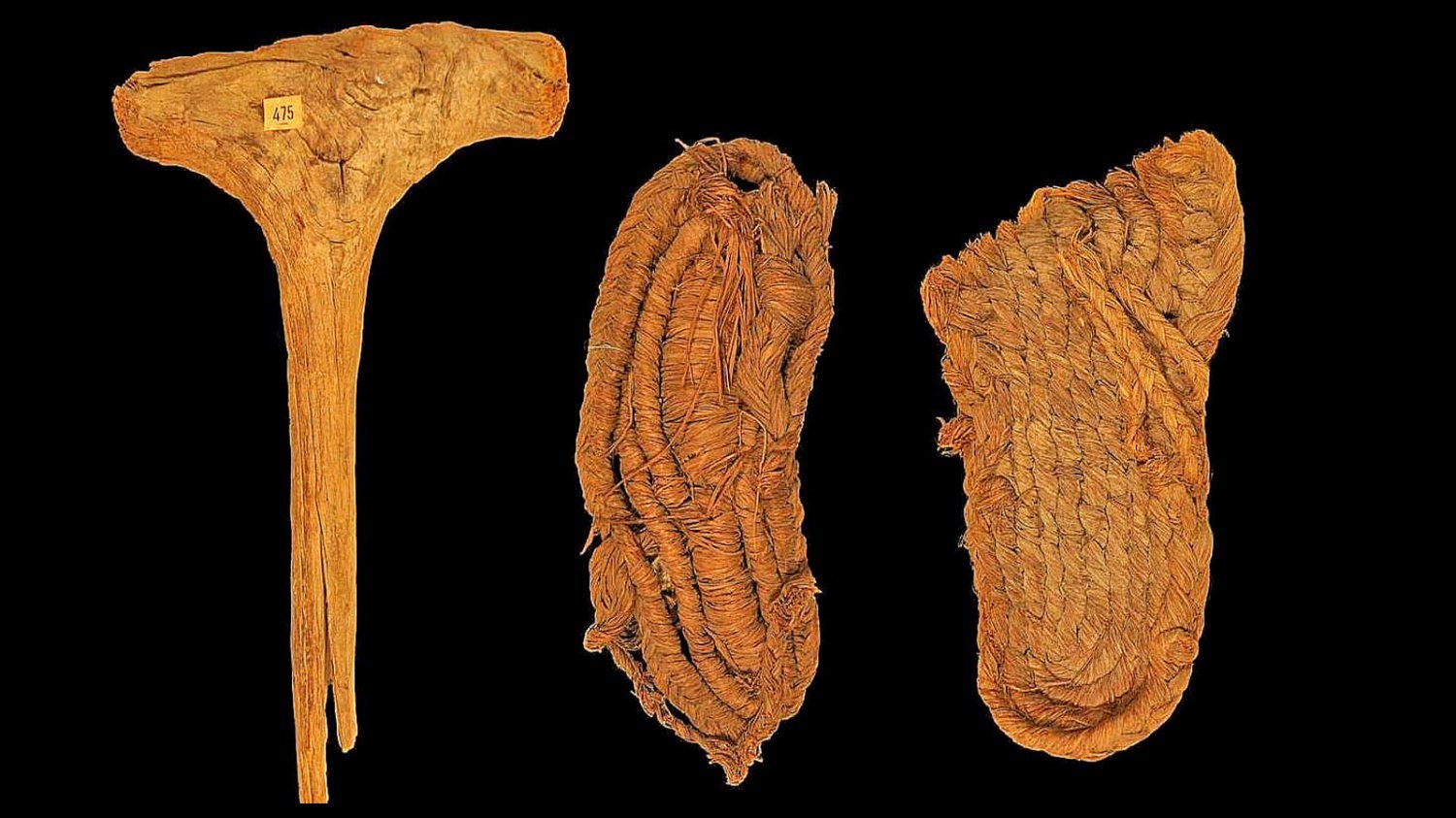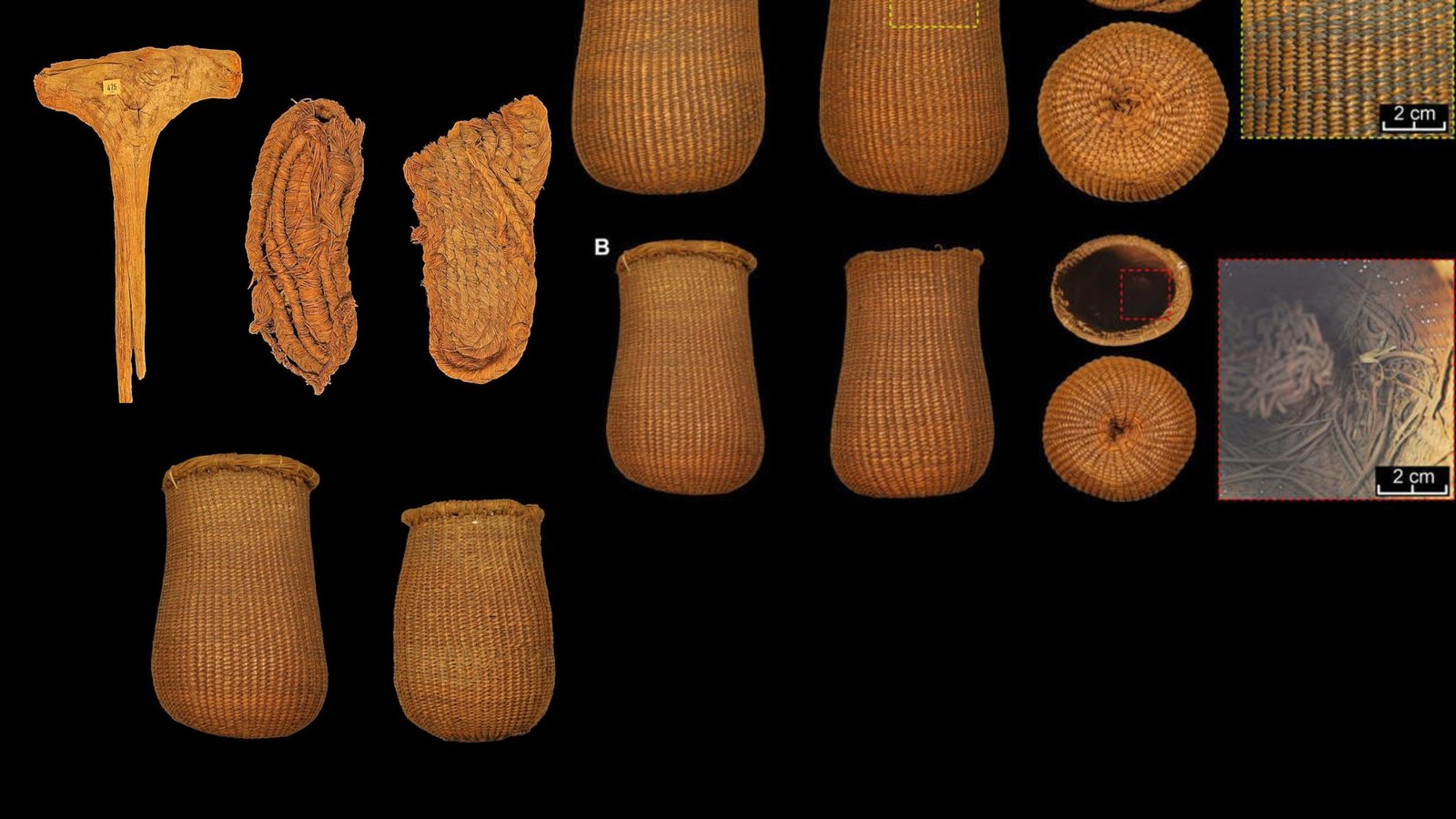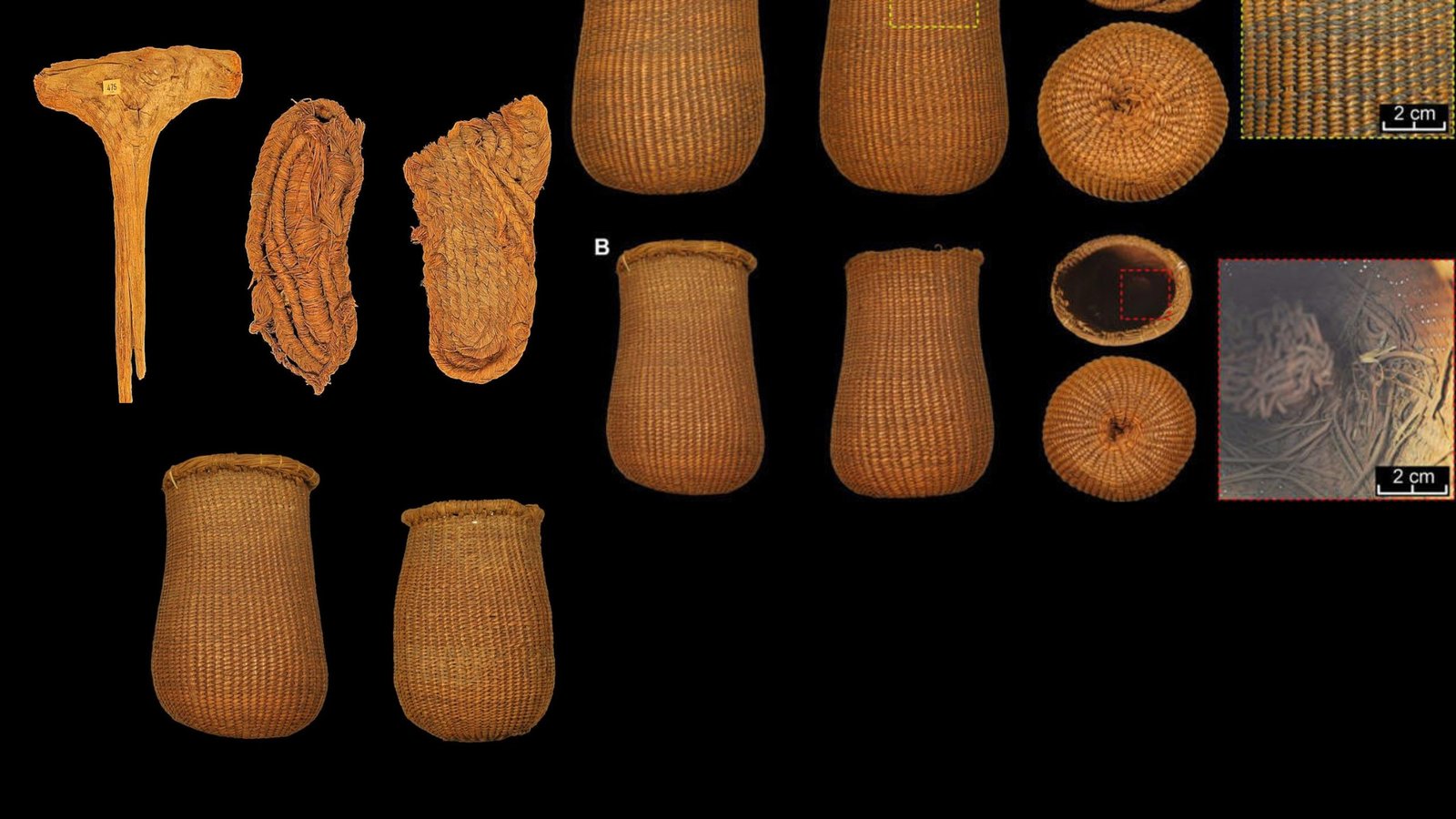Scientists uncover Europe’s oldest sandals in Spain’s Cave of the Bats, revealing unparalleled insights into prehistoric craftsmanship.
Table of Contents
Andalusia, Spain – In a recent revelation that’s making headlines, scientists have identified what is believed to be Europe’s oldest shoes.
Sandals made from grass, dated approximately 6,000 years old, have been unveiled from a cave in Spain.
Hidden Treasures in the Cave of the Bats

The sandals were a part of a significant collection of ancient items found in the Cueva de los Murciélagos, or the Cave of the Bats, located in Andalusia, southwest Spain.
These precious artifacts were first unearthed in a bat cave that miners exploited in the 19th century.
Preservation was notably exceptional owing to the cave’s low humidity and cool winds.
María Herrero Otal, the study’s co-author, expressed her astonishment, noting that these objects “are the oldest and best-preserved set of plant fiber materials in southern Europe so far known.”
Dating Back to the Neolithic Period

With advancements in dating techniques, researchers have determined that 76 objects discovered in the cave are around 2,000 years older than initially speculated.
Astoundingly, some of these items date back a whopping 9,000 years.
Among the treasures, the sandals particularly stand out.
Not only were they intricately woven from different types of grass, but they also incorporated other materials such as leather and lime.
Their origin from the Neolithic period makes them even older than the 5,500-year-old leather shoes unearthed in a cave in Armenia in 2008.
A Glimpse into Prehistoric Craftsmanship

The broad range of artifacts, from baskets to tools, showcases the dexterity of the prehistoric communities.
“The technological diversity and the treatment of raw materials documented highlights the skill of prehistoric communities,” María added.
Historical Footnotes
The Cave of the Bats has a history of its own.
Researchers say that a landowner first accessed it in 1831, collecting bat guano, used as a fertilizer.
Only a little later, in less than twenty years, miners exploring the cave stumbled upon a gallery.
This chamber contained partially mummified corpses, baskets, wooden tools, wild boar teeth, and a unique gold diadem.
In light of these discoveries, the cave is expected to draw increased interest from historians, researchers, and possibly tourists eager to glimpse Europe’s prehistoric past.






